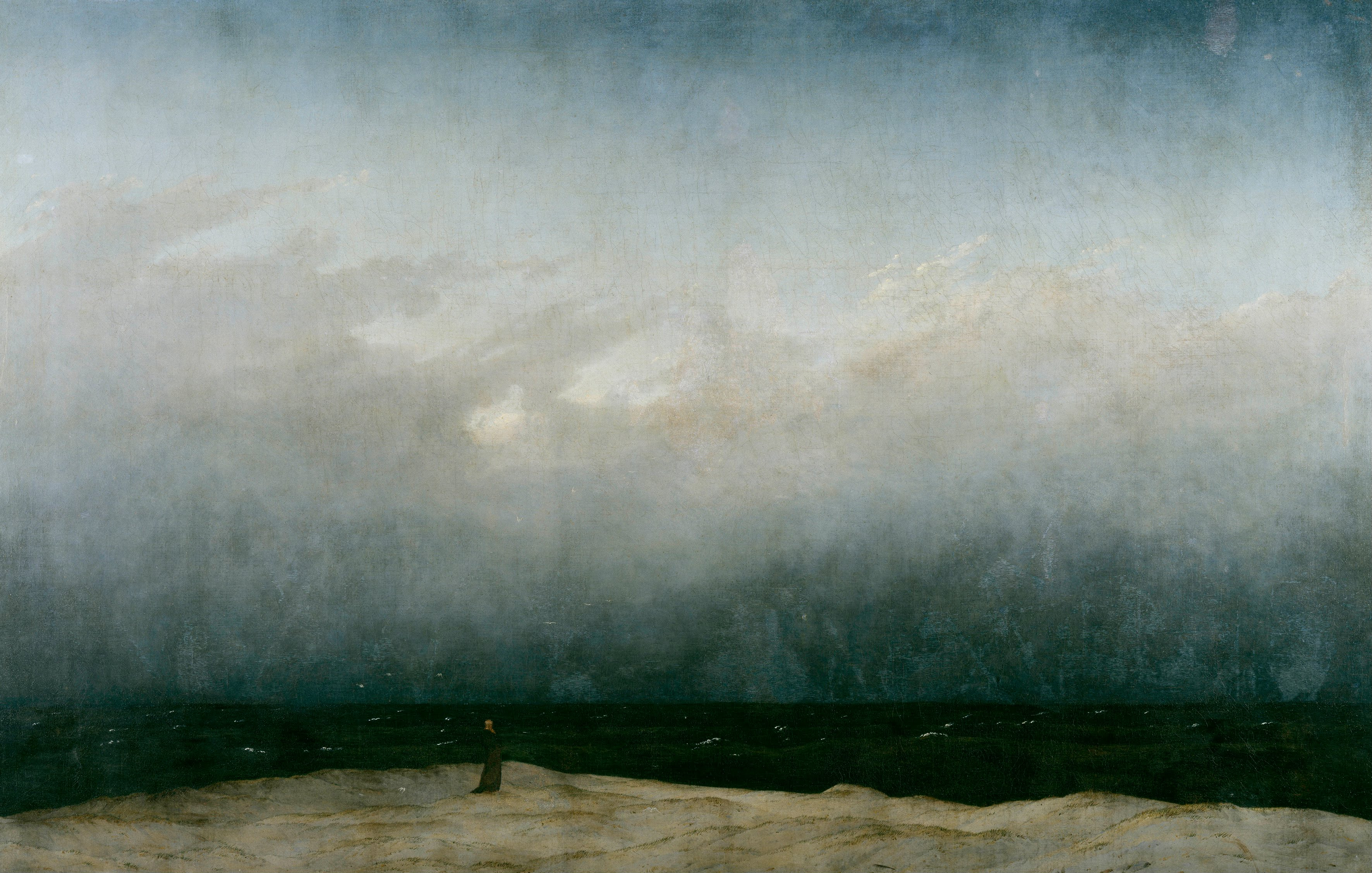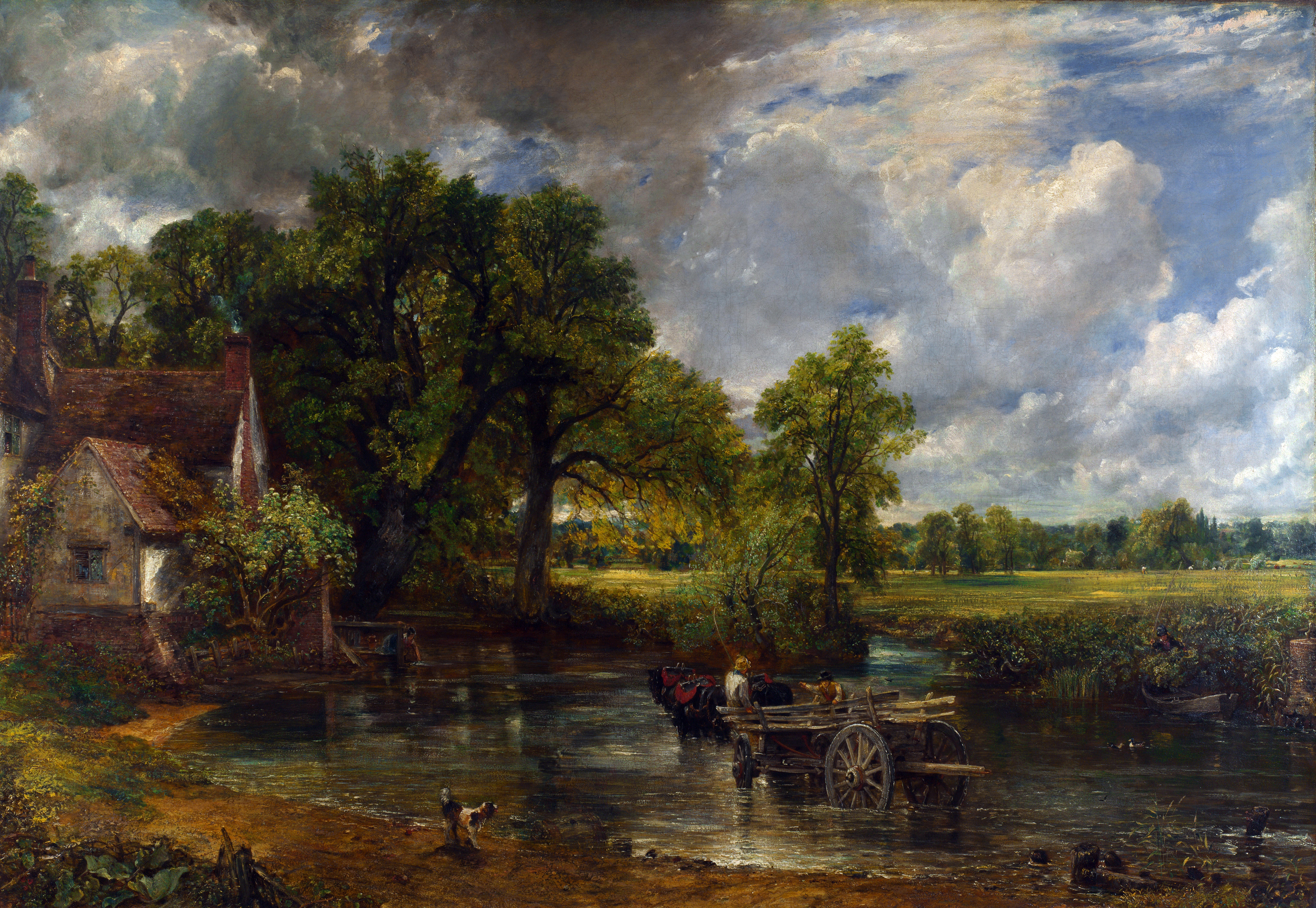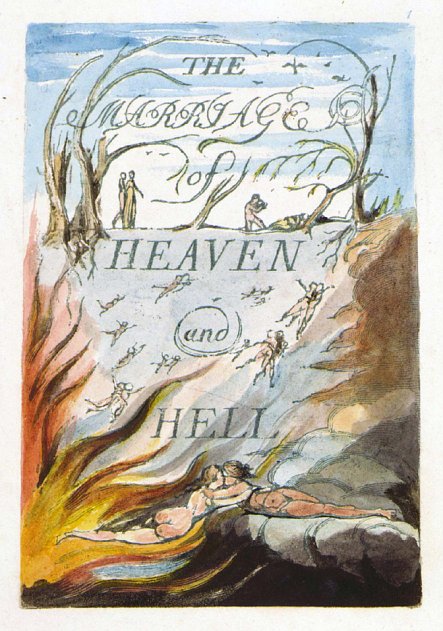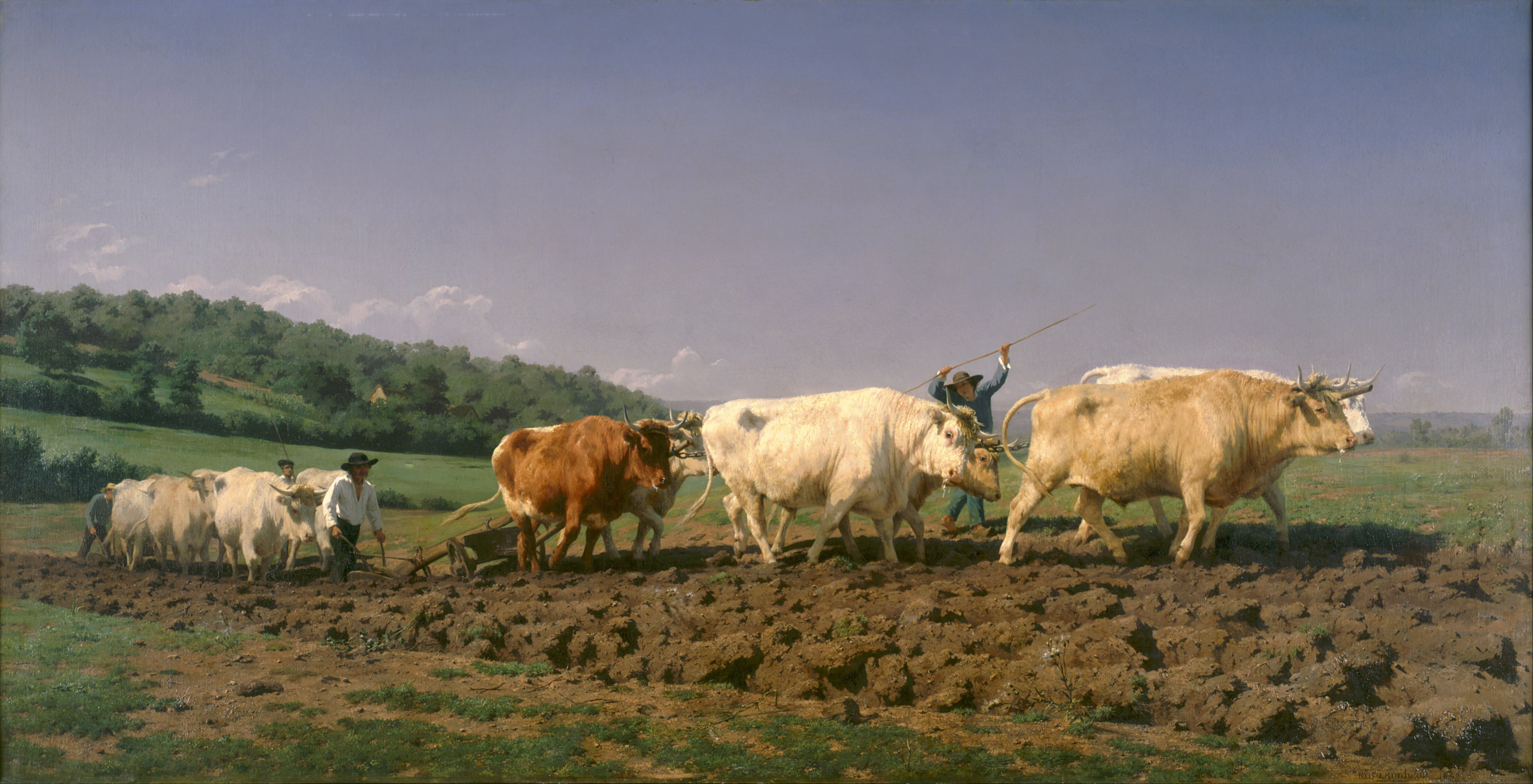Analysis

Caspar David Friedrich, Abbey in the Oak Forest, 1809-10
German Romanticism; naturalistic; German nationalism: sought to mediate the growing, psychological distance between humans and nature in modernizing Dresden, Berlin and across Germany
What is Classicism?
Classicism is an aesthetic attitude dependent on principles based in the culture, art and literature of ancient Greece and Rome, with the emphasis on form, simplicity, proportion, clarity of structure, perfection, restrained emotion, as well as explicit appeal to the intellect.
Repoussoir figure
In two-dimensional works of art, such as painting, printmaking, photography or bas-relief, repoussoir is an object along the right or left foreground that directs the viewer's eye into the composition by bracketing the edge.

Caspar David Friedrich, A Monk by the Sea, 1809-10

Gustave Courbet, Stonebreakers, 1850

Joseph Mallord William Turner, London from Greenwich Park, 1809
English Romantic Landscape painting; John Ruskin - "landscape art was the repository of national, artistic genius"; dialectics of urban and rural life; absence of a strong tradition of history painting in England; growth of capitalist agriculture; rapid urbanization; nostalgic demand for beautiful countryside and working-class people; increased interest in landscape architecture among the elite; rise of natural sciences
What is British Romanticism?
In British art, Romanticism was embraced in new responses to nature in the art of John Constable and J.M.W. Turner. Visionary artist William Blake examined man’s place in the cosmos and his relationship to God as well as exploring new ways of looking at humans in relation to their natural environment. This complex shift in attitudes away from the dominant classical tradition was at its height from about 1780 to 1830, but continued to be an influence long after that.
Overall, the movement was characterized by a love of nature, distrust of reason, and rejection of traditional authority
Picturesque
The word picturesque refers to an ideal type of landscape that has an artistic appeal, in that it is beautiful but also with some elements of wildness.

Joseph Mallord William Turner, Rain, Steam and Speed - The Great Western Railway, 1844

Francisco Goya, The Knife Grinder, 1809-12

John Constable, The Hay Wain, 1921
British Romanticism; Rustic naturalism; landscape painting as a branch of science or "poetic aspiration" and "a pursuit, legitimate, scientific, mechanical"; picturesque vs. sublime; moral and social iconography of the landscape (naturalness, hard-working agricultural community, true to life, etc.)
What is Realism?
The term realism was coined in France in the 1840s and in art was exemplified in the work of his friend the painter Gustav Courbet. In practice, realist subject matter meant scenes of peasant and working class life, the life of the city streets, cafes and popular entertainments, and an increasing frankness in the treatment of the body and sexual subjects. The term generally implies a certain grittiness in choice of subject. Such subject matter combined with the new naturalism of treatment caused shock among the predominantly upper and middle class audiences for art.
Sublime
Theory developed by Edmund Burke in the mid eighteenth century, where he defined sublime art as art that refers to a greatness beyond all possibility of calculation, measurement or imitation. In landscape the sublime is exemplified by J.M.W Turner’s sea storms and mountain scenes. The notion that a legitimate function of art can be to produce upsetting or disturbing effects was an important element in Romantic art and remains fundamental to art today.

Goya, Caprichos 43: The sleep of reason produces monsters, 1799

William Blake, Marriage of Heaven and Hell, 1790-93

Gustave Courbet, The Beach, 1865
Realism; Pre-Raphaelite Brotherhood; mixing scale and prestige of history painting with style of popular art; monochrome palette; landscape = painterly autonomy and artistic volition; rejection of traditional formulas of the genre (avant-garde) = lacking compositional focus, internal framing devices, repoussoir elements, atmospheric perspective, and coloristic sobriety and balance RATHER they were painterly, sketchy, vibrant in color, spatially flat and compositionally democratic
What is German Romanticism?
German Romanticism, which developed later than the English Romantic period, strove to create a new synthesis of art, philosophy, and science. It was rooted in of the ideology of the Enlightenment combined with “Sturm und Drang” (“Storm and Stress”), a proto-Romantic movement in German literature and music which took place between the late 1760s and early 1780.
Included the Nazarenes: a group of young idealistic German Romantic artists born around the 1780s, who were pupils together at the Fine Arts Academy in Vienna. Believing real life too banal to portray, they shunned it in favor of matters of the spirit, and focused on Christian art, in the tradition of Medieval painting, notably German medieval art and Italian early Renaissance painting.
Pre-Raphaelite Brotherhood
The Pre-Raphaelites were a secret society of young artists (and one writer), founded in London in 1848. They were opposed to the Royal Academy’s promotion of the ideal as exemplified in the work of Raphael. They were also in revolt against the triviality of the immensely popular genre painting of time.
Inspired by the theories of John Ruskin, who urged artists to ‘go to nature’, they believed in an art of serious subjects treated with maximum realism. Their principal themes were initially religious, but they also used subjects from literature and poetry, particularly those dealing with love and death. They also explored modern social problems.

William Blake, Albion Rose, 1794-95
Neoclassical purity of line vs. sensual materialism (placing equal weight on emotional/sensual and economic aspects of social life)

Courbet, A Burial at Ornans, 1849-50

Rosa Bonheur, Plowing in the Nivernais: The Dressing of the Vines, 1849
French Realism; mixing of genres; nationalism and patriotism; monumental specificity of the agricultural practices of the region; highlights particulars (compare Courbet)
What is naturalism and what movement was it typically associated with in the 19th century?
Naturalism in art refers to the depiction of realistic objects in a natural setting. The Realist movement of the 19th century advocated naturalism in reaction to the stylized and idealized depictions of subjects in Romanticism, but many painters have used a similar approach over the centuries.
Daguerreotype
An obsolete photographic process, invented in c. 1838, in which a picture made on a silver surface sensitized with iodine was developed by exposure to mercury vapor.

Louis Jacques Mandé Daguerre, Boulevard du Temple, Paris, 1838

Honoré Daumier, The Third-Class Carriage, 1862-64